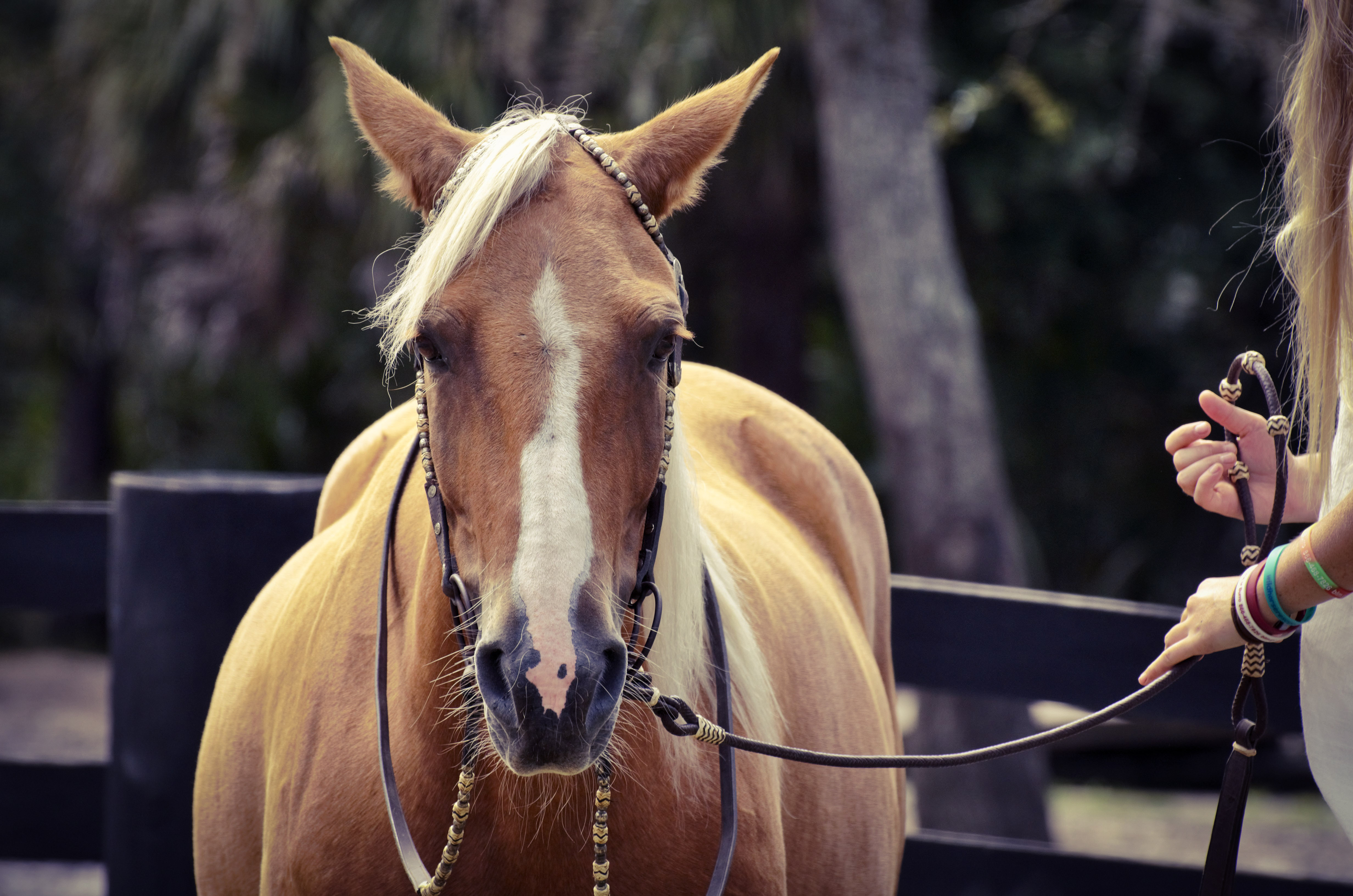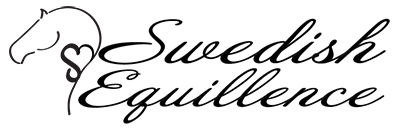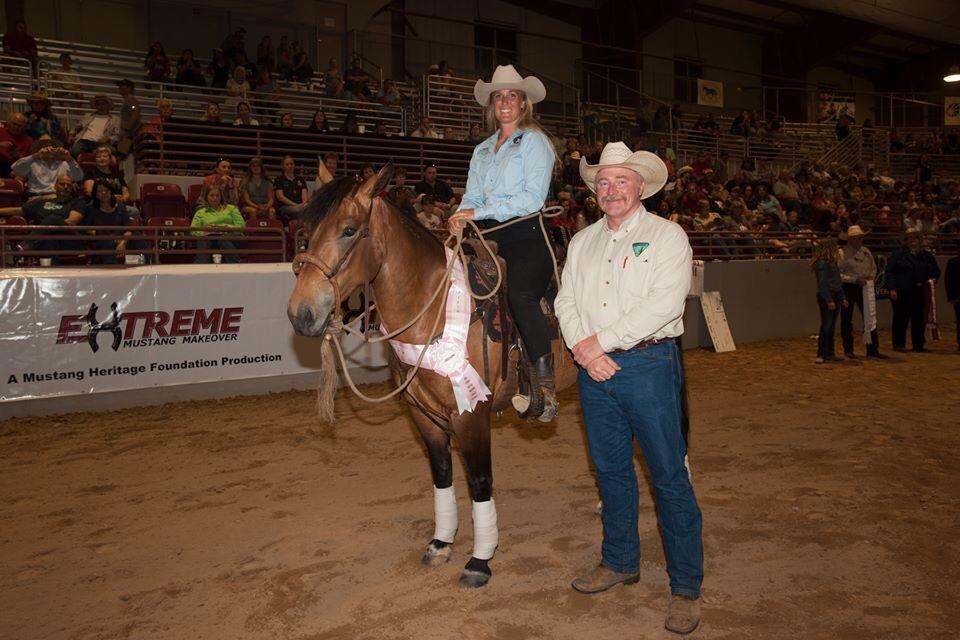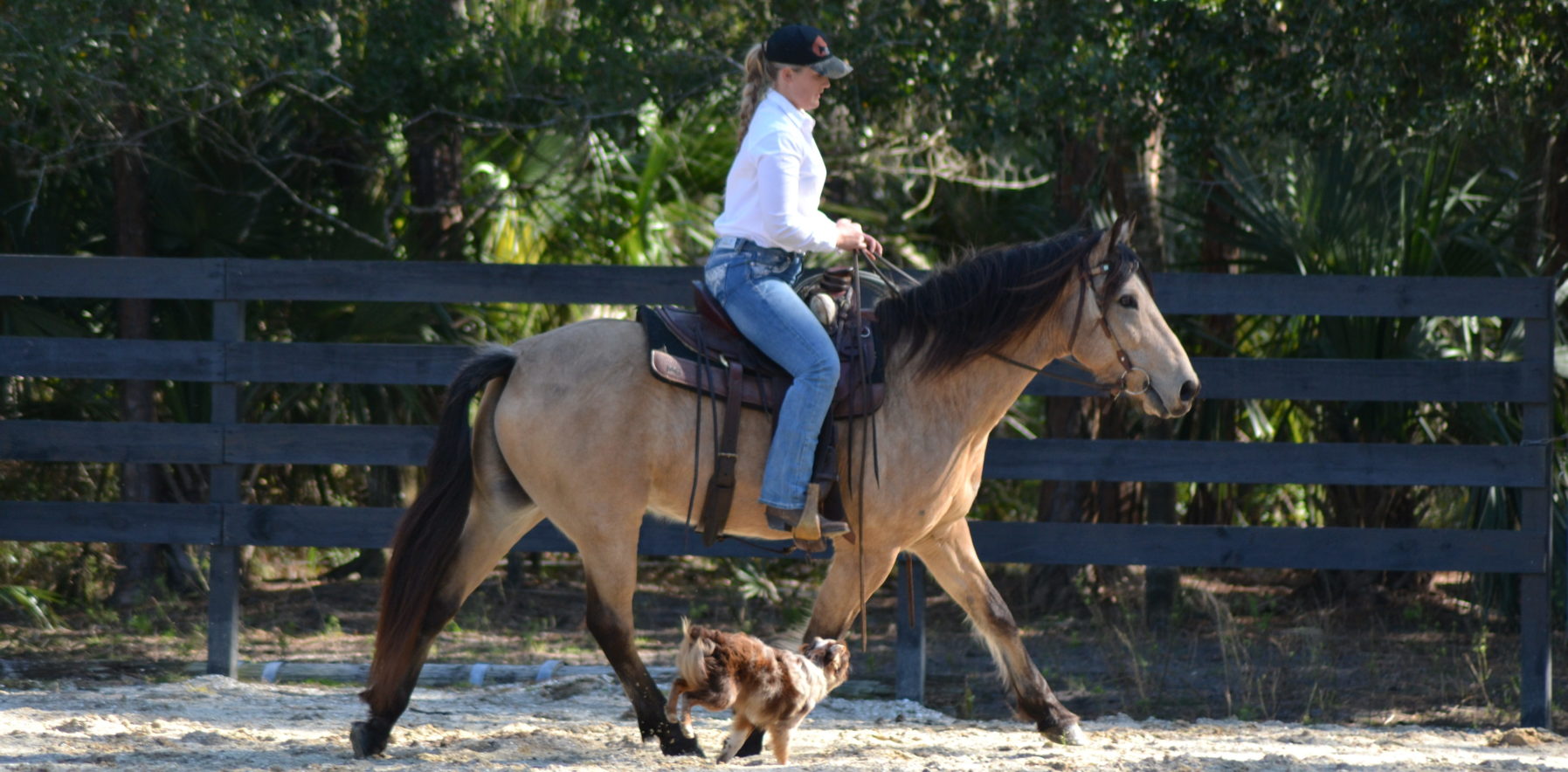
Across Facebook I see this question multiple times per day. In my opinion, you should never be looking for a new bit if your horse is too strong, you should be looking into yourself and your training. Does your horse respect you? Do you have his attention? Many times the answer to these questions will be “yes when he is in a calm or known environment”. The problem is that we don’t live in a perfect world. You cant place your horse in a safety bubble. Scary and unfamiliar objects will appear in your world and you have to be ready to tackle them.
The problem with “bitting up” is that you will only cure the symptoms, not the real problem. The actual problem and the reality is that your horse does not respect you enough and certainly does not give you the attention you deserve. If he takes off down the trail and refuses to listen – what happened? The answer is that his attention left you and went to something else and then he didn’t respect you enough so that you could bring it back to you. You deserve to have a horse that is so respectful and attentive of you that you can ride him down the trail in nothing but a halter. Anything else is in my opinion dangerous.
It is not hard to get your horse to behave like this; all it takes is some diligent groundwork and desensitizing. Of course, it has to be done with the correct amount of pressure and the right timing of your release – this is the key in any horse training. If you have the tools to cure the underlying problem, do not take a shortcut and only get rid of the symptoms. If you do – your problem is still there and will sooner or later appear in some other way, shape or form.



